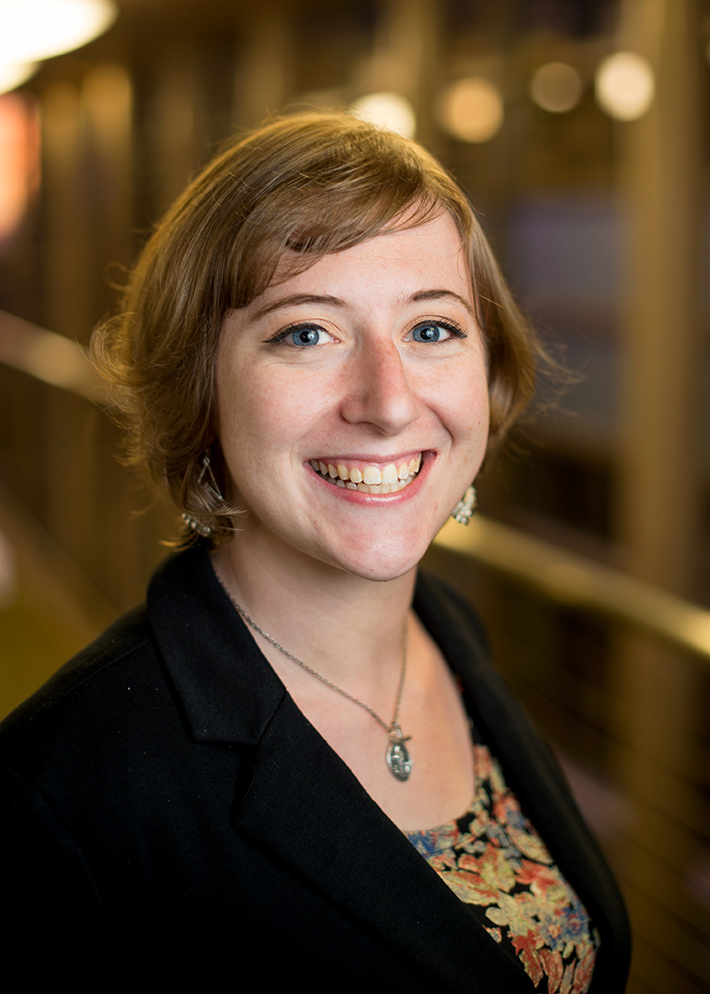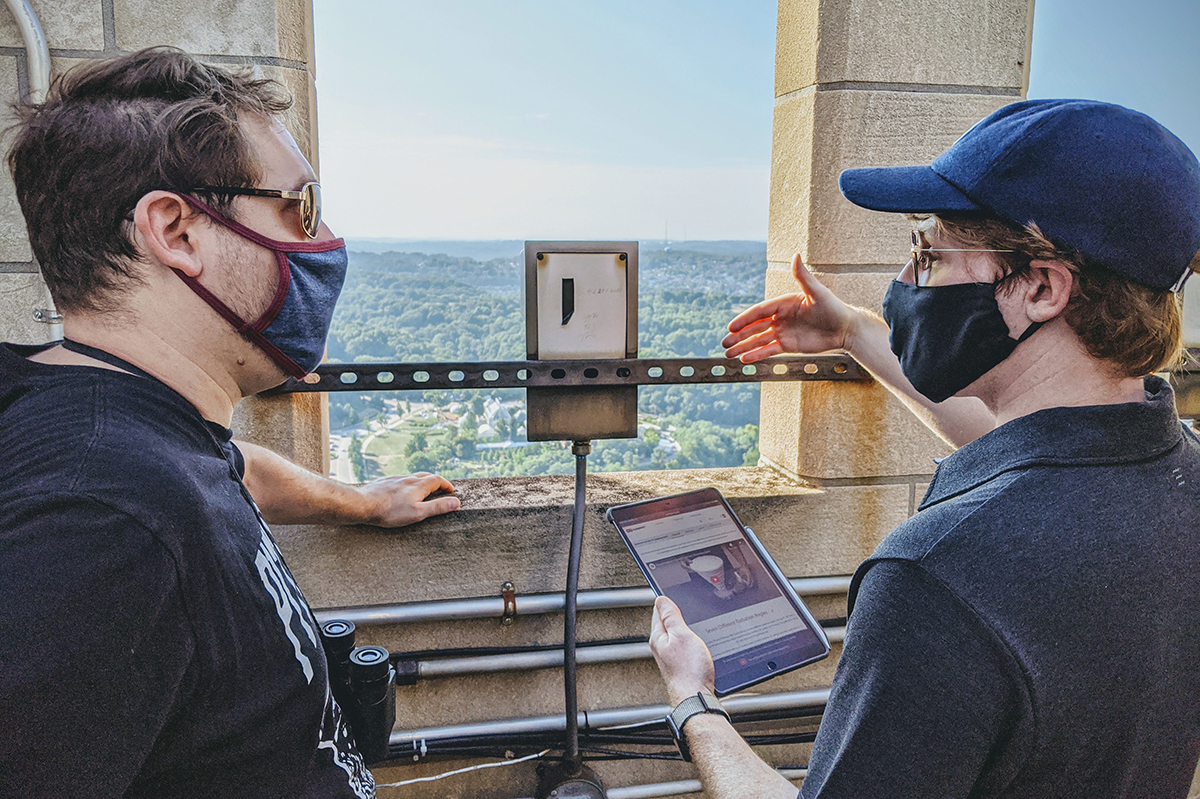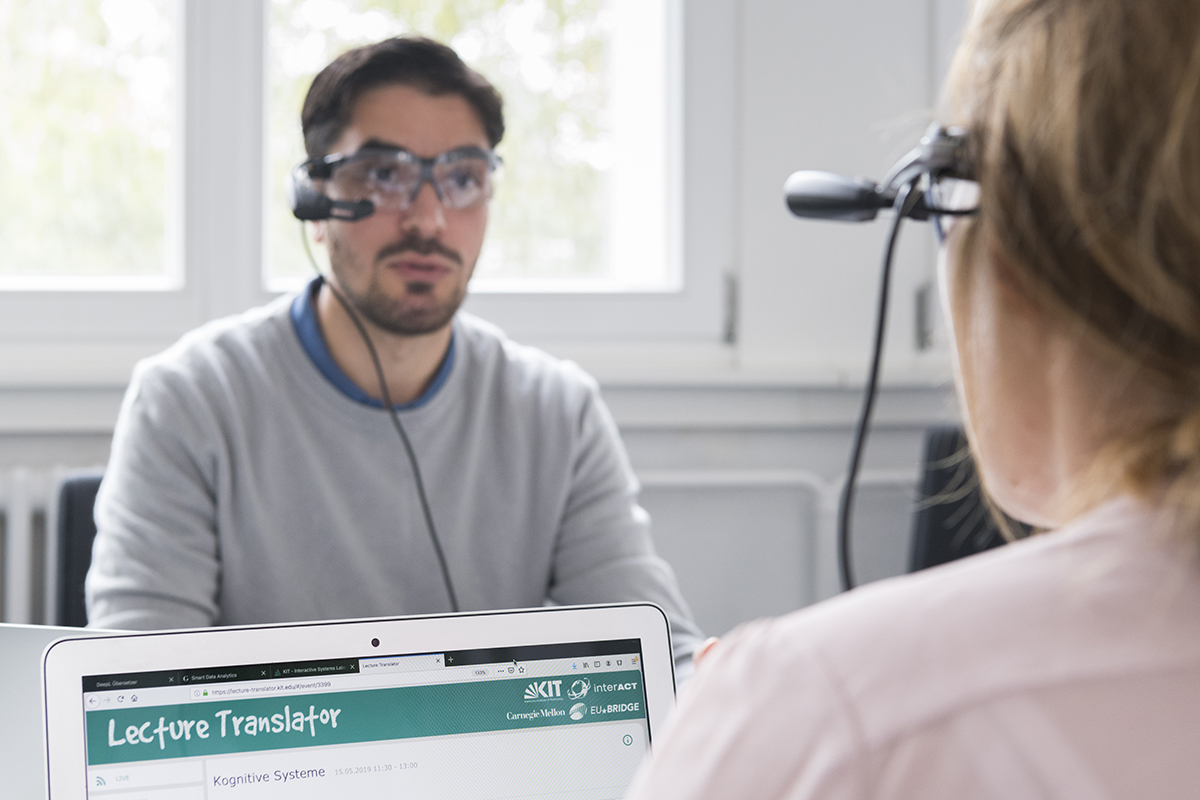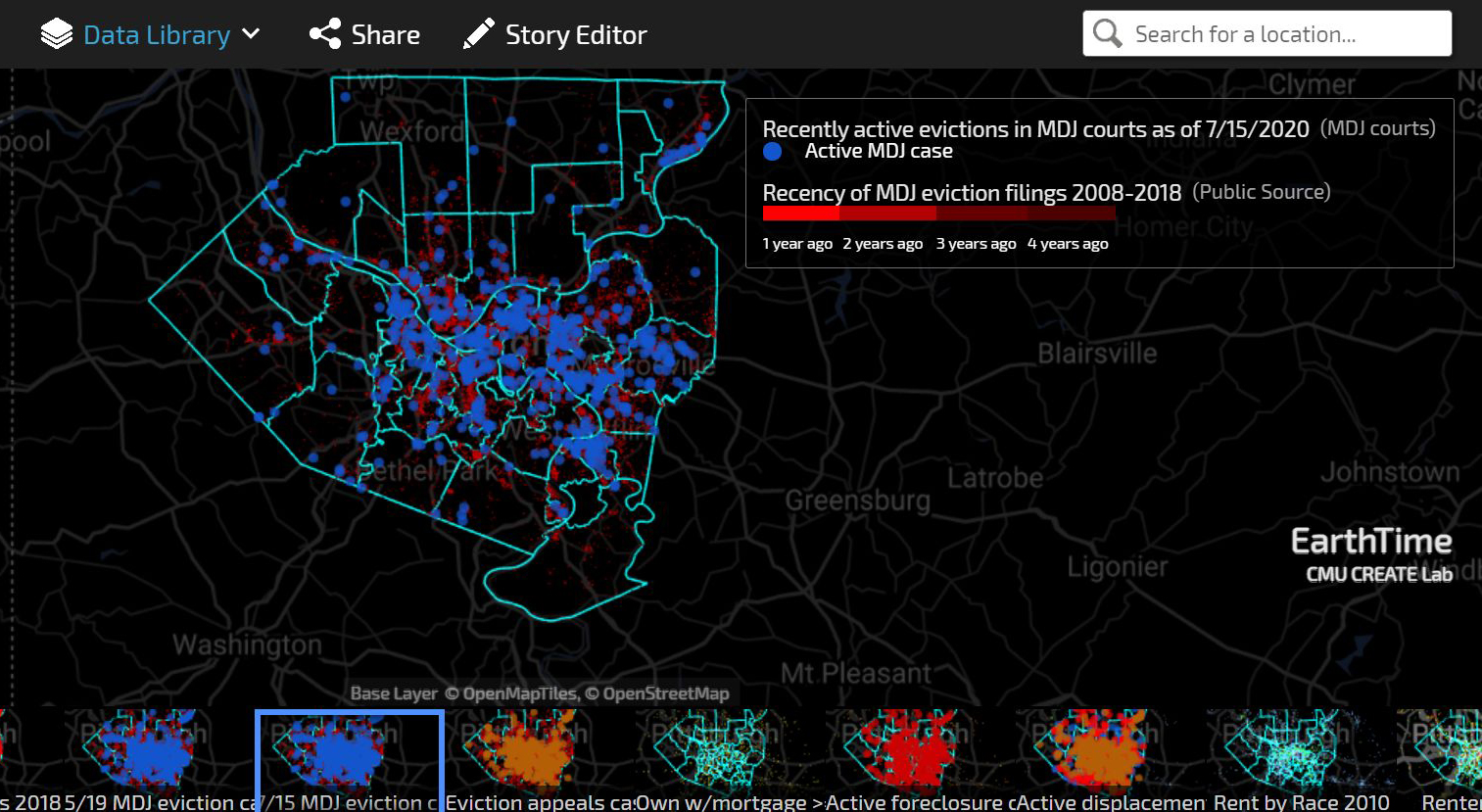Cranor, Touretzky Named 2020 AAAS Fellows
Lorrie Cranor and David S. Touretzky, both faculty members in the School of Computer Science, are among almost 500 members of the American Association for the Advancement of Science (AAAS) to be named 2020 AAAS fellows. The lifetime distinction recognizes important contributions to STEM disciplines, including pioneering research, leadership within a given field, teaching and mentoring, fostering collaborations, and advancing public understanding of science. Previous notable recipients include Thomas Edison, Margaret Mead and Grace Hopper. Cranor is the director and Bosch Distinguished Professor in Security and Privacy Technologies of CyLab, and is the FORE Systems Professor of Computer Science and of Engineering and Public Policy in the Institute for Software Research and the Department of Engineering and Public Policy. The AAAS cited her "for contributions to usable privacy and security research, policy and education." She founded the Symposium On Usable Privacy and Security (SOUPS) conference and co-edited the seminal book "Security and Usability." She regularly presents privacy research in Washington, D.C., policy forums and served as chief technologist of the Federal Trade Commission in 2016.








